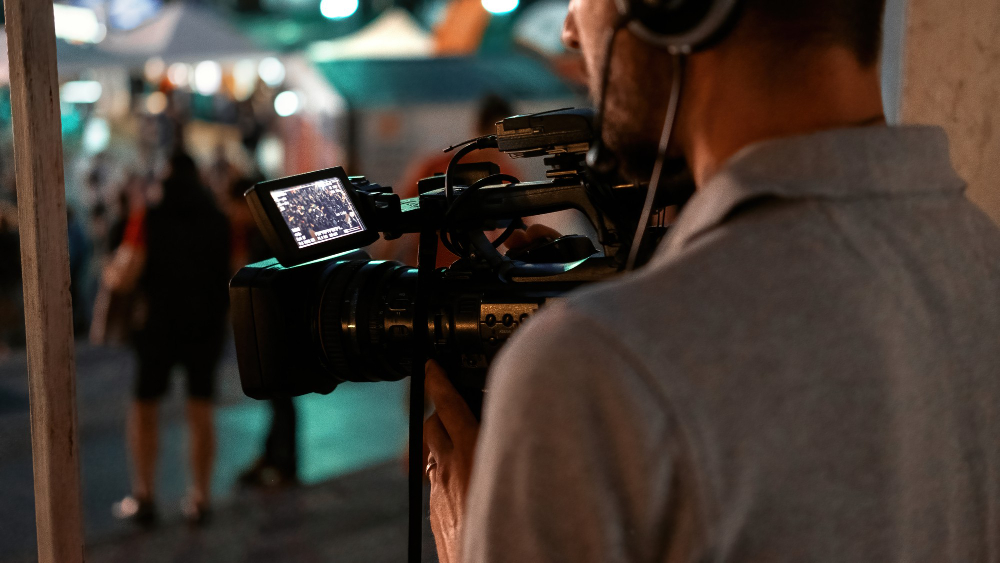Video production has transformed into a powerful form of communication, captivating audiences across various platforms. At its core lies visual storytelling, a technique that transcends mere presentation, offering a depth that resonates.
Through a combination of artistic elements, skilled videographers create a visceral experience that fosters engagement and connection with viewers. Exploring these elements reveals how they contribute to impactful narratives in video production.
The Power of Narrative Structure
Crafting a compelling story serves as the backbone of any successful video production. A well-structured narrative guides the audience through a journey, allowing them to connect emotionally with the characters or themes presented. Effective storytelling involves not just a clear beginning, middle, and end but also the careful placement of conflict and resolution. By introducing relatable characters or scenarios, video producers can invoke a range of emotions from their audience, which enhances the overall message. Whether a documentary or a promotional video, the storyline helps elevate the final product, making it memorable and impactful.
Collaboration with Local Experts
When you collaborate with local experts, the quality of your video production can greatly improve. Their knowledge of the local culture, trends, and audience expectations contributes to crafting a narrative that feels authentic and resonates more profoundly. Engaging professionals in your area ensures that the content aligns with the local perspective, enhancing its overall appeal. These partnerships, whether with a video production company in London, Sydney, Miami, or anywhere else, can lead to richer insights. Local experts offer unique storytelling techniques that can elevate your project by integrating elements intrinsic to the community. This collaboration not only supports local talent but also enriches the visual experience for the audience through authenticity.
Visual Composition Techniques
The arrangement of visual elements plays a crucial role in video production. Composition techniques such as the rule of thirds, balancing elements, and leading lines guide the viewer’s eye and enhance the storytelling. A skilled videographer carefully frames each shot, ensuring that every aspect contributes to the narrative. Using close-ups can create intimacy between the audience and the subject. Wide shots, on the other hand, can establish context or depict the grandeur of a scene. Producers may significantly influence the viewer’s comprehension and emotional reaction by being proficient in composing skills.
Color Grading
Color grading is vital in shaping the mood and tone of a video. Different colors evoke various emotions; warm tones often feel inviting, while cooler shades can signify sadness or tranquility. Producers can emphasize the feelings they want to portray in their stories by purposefully using color grading. This aspect of post-production can enhance storytelling by reinforcing themes or foreshadowing events. A film scene depicting a joyous celebration may utilize bright colors to uplift the viewer’s spirit, while more muted tones could foreshadow an impending conflict or resolution.
Sound Design
Often overlooked, sound design is as important as visuals in video production. Sound effects, music, and ambient noise contribute significantly to the storytelling process. The right sound can elevate a scene, evoke emotions, and create a sense of place. A suspenseful melody can heighten tension, while natural sounds can immerse the audience in a particular setting. Producers may build a more captivating and engrossing viewing experience by fusing complex sound design with visual narrative.
The Role of Editing in Storytelling
Editing is where the magic happens, sculpting raw footage into a polished narrative. Skilled editors use pacing, transitions, and montage to create rhythm and flow within a video. Good editing not only maintains the audience’s attention but also enhances the storytelling by carefully selecting which moments to highlight. Through editing, producers can manipulate time, emphasize specific narrative arcs, and guide viewer’s emotions. Seamless transitions between shots create coherence, while well-timed cuts can evoke laughter, gasps, or tears. Therefore, an editor’s proficiency is crucial for cohesive and powerful video production.
Visual storytelling serves as a multifaceted tool that intertwines narrative structure, collaboration, composition, sound design, and editing. Each element plays a significant role in crafting engaging videos that resonate with audiences. By focusing on these components, producers can elevate their work and tell stories that leave a lasting impression.

